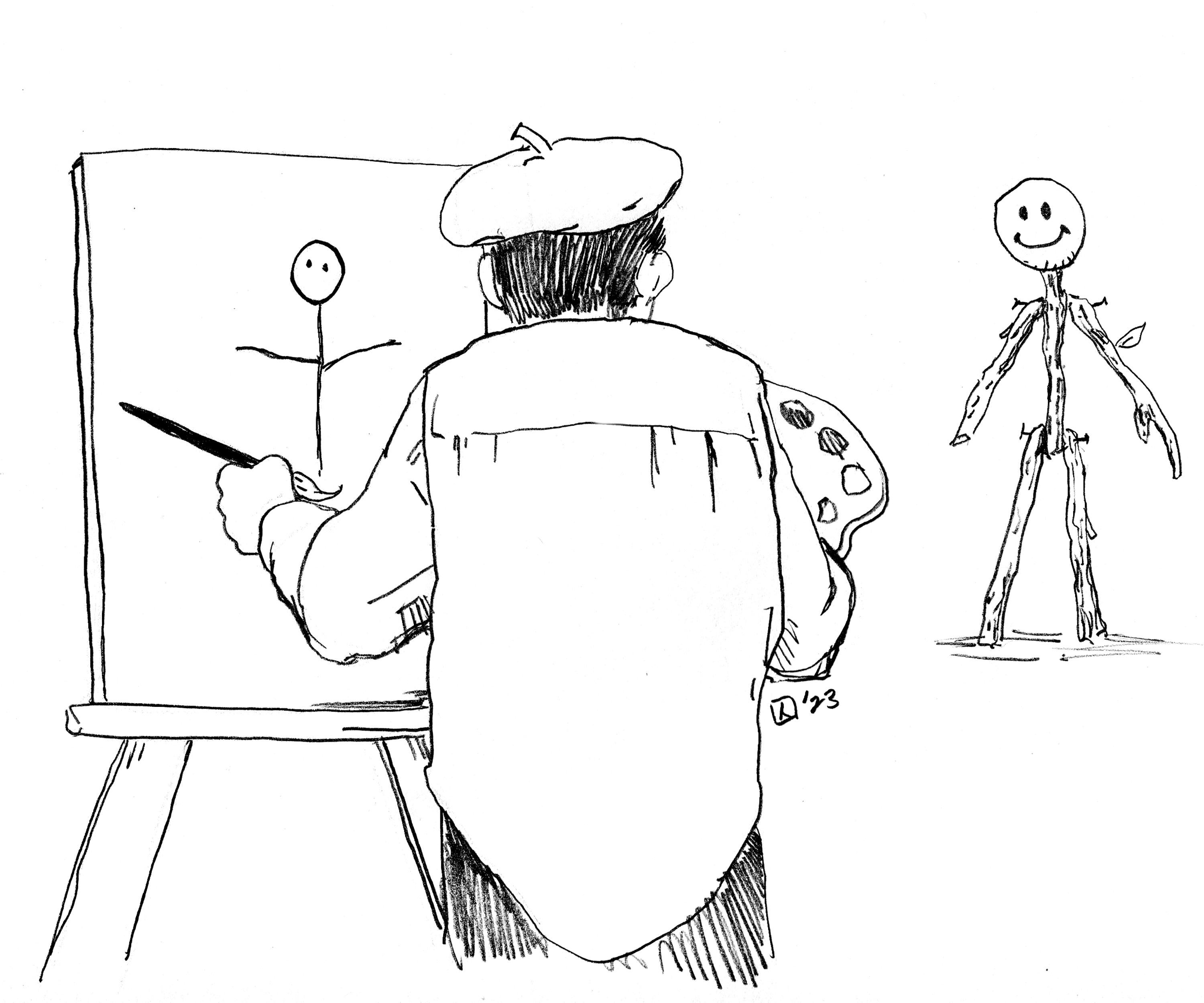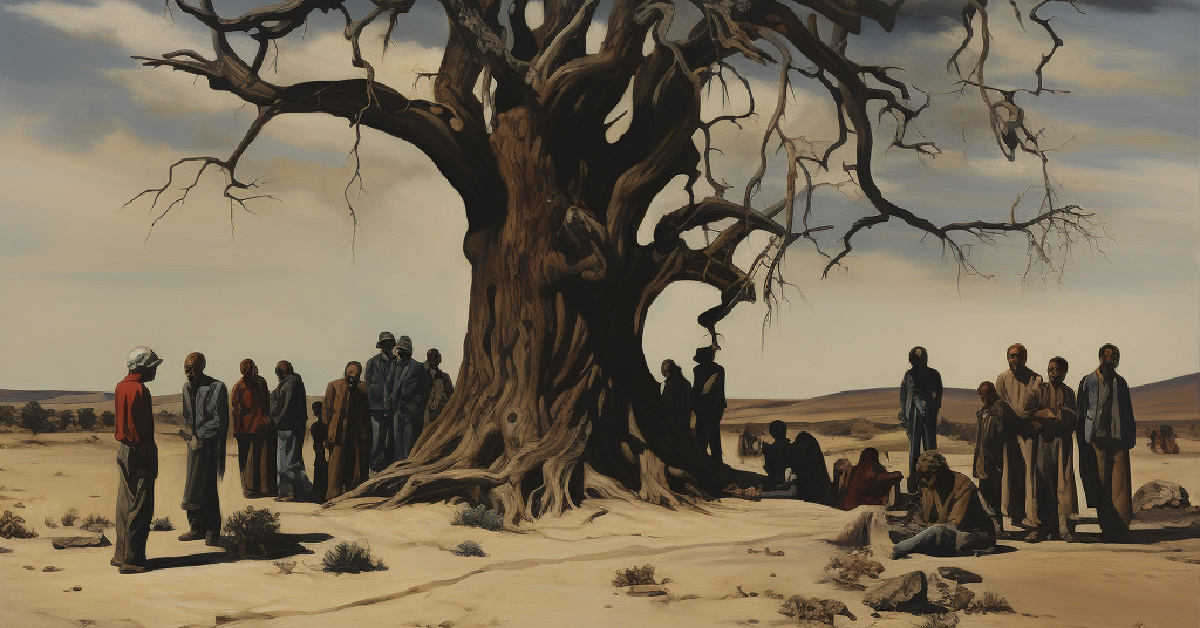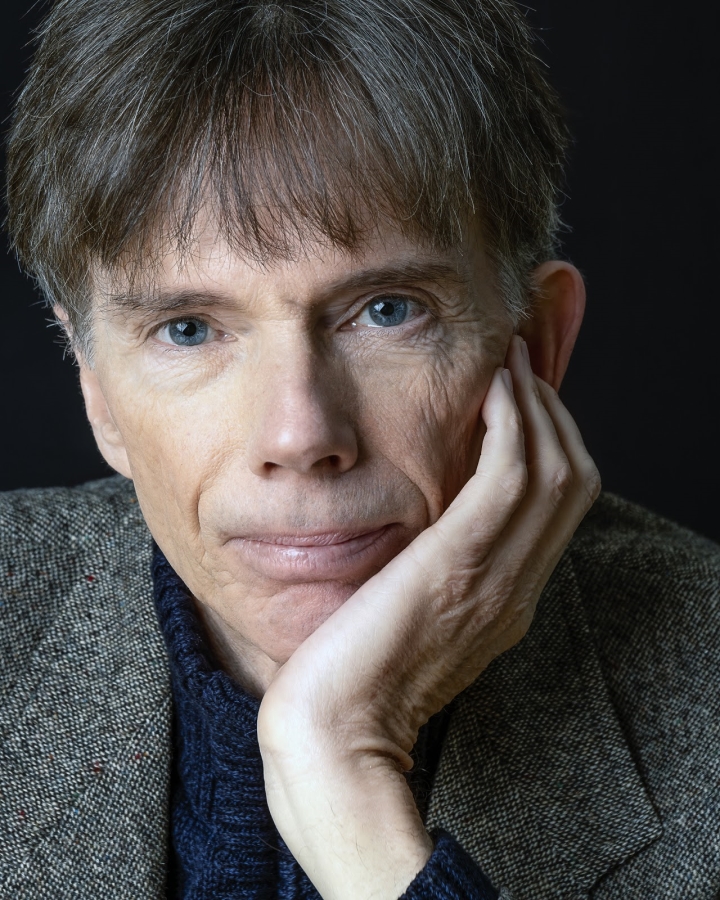Jesse (name changed) a college freshman, was deep down a YouTube tangent early in the morning when she clicked on a video with Stacey Harkey from the sketch comedy group Studio C, talking about whether or not Latter-day Saints (formerly called “Mormons”) were Christians on the Saints Unscripted channel. After digesting several of their videos, she messaged their Instagram account, and began talking with the series’ producer about faith.
She soon joined several Facebook groups where people asked questions about the faith, and at the encouragement of her new Instagram friend reached out on WhatsApp to ask for a copy of the Book of Mormon and ask questions of missionaries from the Church of Jesus Christ.
She began spending more time on Facebook, and found a group of former Latter-day Saints who quickly directed her to Reddit, where she encountered critical arguments mostly formatted as memes.
Eventually Jesse chose to join the faith. One of the friends she had made on Facebook during her conversion was Skyped into the baptismal service so she could watch.
The ascension and conquest of social media has arguably changed the experience of faith more than any other trend this decade.
Over the last decade, the experience of being religious has developed both in concert with and opposition to developing social technologies. While many religious individuals have embraced these technologies, religious institutions have also often provided a retreat from the less desirable effects of the same.
This contradiction highlights both new opportunities and challenges for religious institutions, even while the pervasiveness of the digital revolution continues in many ways to remake the face of religious identity and practice.
To be sure, technology was not the only force changing the experience of people of faith over the last ten years. Ethnic nationalism around the world is leading to increased persecution of Christians, Muslims, and other religious minorities. And, in the United States, Supreme Court cases have not infrequently touched on the concerns of people living in accordance with their faith from wearing a hijab to declining participation in same-sex weddings.
But, especially for people in the West, the ascension and conquest of social media has arguably changed the experience of faith more than any other trend this decade, as Jesse’s experience demonstrates.
In a general sense, Web 2.0 has come to dominate many of the functions that religion has traditionally played, specifically information transmission and social connection. Yet in many ways, the core religious experience has remained impervious to the influence of technology—and preserved a critical form of escape from screens.
This ability of faith communities to connect has increasingly stood out.
Scholar R John Williams has discussed how visitors to the 1893 Chicago World’s Fair sought refuge from the cacophony of world’s greatest assemblage of technological marvels by retreating to the Japanese gardens and Buddhist pavilions. In an age of the machine—and the glow of screens—religion continues to offer soul and sinew for many in the West.
While there are certainly some live-broadcasting of services, the internet has not seen a significant religious movement akin to the mid-century adoption of television by so called “televangelists.” Religious ceremonies and community building still primarily happen in physical spaces with spillover online.
This ability of faith communities to connect has increasingly stood out against the backdrop of these other trends. And stands out as one of the main value propositions of faith during the decade. Indeed, one of the most trenchant problems of the social media has been—paradoxically— the increase of social isolation.
And churches remain uniquely effective at addressing this issue. Ray Pennings, executive vice president and co-founder of the think tank Cardus which has studied isolation said, “Faith communities are fairly successful at bringing people together and reaching those who are isolated. . . . faith communities are connecting on a more significant level.”
Religion is providing a means of connection that simply isn’t available in many other places in our more technologically-facilitated society.
One of the interesting ironies of the decade in this regard is that as many mainline Protestant churches have attempted to broaden the boundaries of those communities and extend these benefits by, for example, allowing the solmenization of same-sex marriages, or ordaining female bishops, their numbers have continued to shrink so much so that some have begun to predict their extinction.
What is it about the different approaches to the Christian message that influences these trends? Although the growth of more orthodox churches has also slowed, they have been spared the same kind of rapid contraction as mainline denominations. Perhaps, once again, it’s a contrast from the larger culture that many are still seeking in faith. Once a faith comes to adopt the same dispositions and doctrine as larger society, there may simply be less about that religious experience that feels distinctive enough to compel people to step away from broader society to participate in it.
Nonetheless, as the story of Jesse demonstrates, while churches may be providing an alternative to technology, religious individuals are embracing technology and bringing their faith to it.
This trend has been amplified by the ascendance of the millennial generation during the decade. And the generation is typified by (among other things) its distrust of major social institutions.
While nonbelievers may have previously been isolated within communities of faith, they are now better able to find one another online.
Social media has provided a venue to channel religious fervor without the institutional oversight. The effect has been a kind of democratization of religion. This approach takes the church out of religion, undercutting churches’ authority (and ability) to control a narrative or maintain doctrinal boundaries.
This has no doubt contributed to the rise of a new identification, “spiritual but not religious.” As well as an increase of what are being called the “nones.” (Which depending on how the survey is worded may or may not overlap.)
While nonbelievers may have previously been isolated within communities of faith, they are now better able to find one another online and provide mutual support to sustain that identity.
These “nones” now make up the 2nd largest religious identity in the United States, with surveys placing them at as much as 33% of the US population by the end of the decade. (While prediction models suggest that worldwide the percentage of nones will drop, this is based mostly on an aging Asian population, and it’s less clear if this will hold true in the West).
With the rising number of nones (as populous now as Evangelical Christians), they have turned into a political force in the United States. In many ways, they have replaced the influence that mainline Protestants used to have within the Democratic party.
This trend coupled with the religious right’s affinity for President Donald Trump, has led to the politicalization of faith itself. This recent presidential campaign season has seen some of the most anti-religion positions in decades from some presidential candidates. (To be sure, the candidate that proposed the worst—taxing churches based on doctrine—dropped out very soon after.)
While faith has a long history of entering the political arena, this new dynamic may prove more divisive than ever before, and is certainly a major trend to watch through the 2020s.
Will technology be the primary factor driving changes in the religious experience in the next decade as well? Will big data, smart homes, and AI be more readily embraced by churches or will they continue to provide a welcome alternative?
Most likely, both will continue to happen. Likewise, growing trends such as increasing secularization, and the political impact of religious nones will undoubtedly continue to have a growing influence.
In what ways might communities of faith meet these challenges and adapt to changing social and technological realities, without losing what is most distinctive about the experience and message of religion today?
We shall see.



















